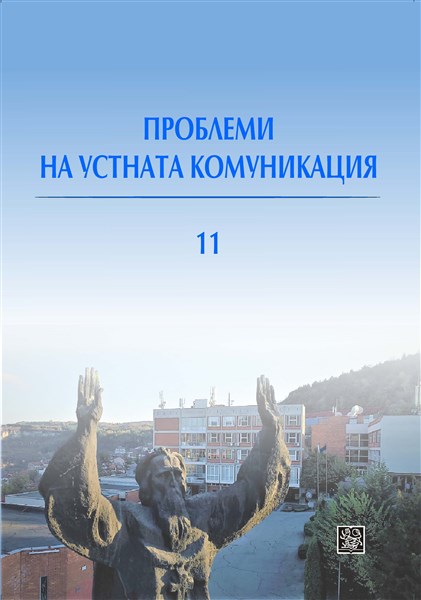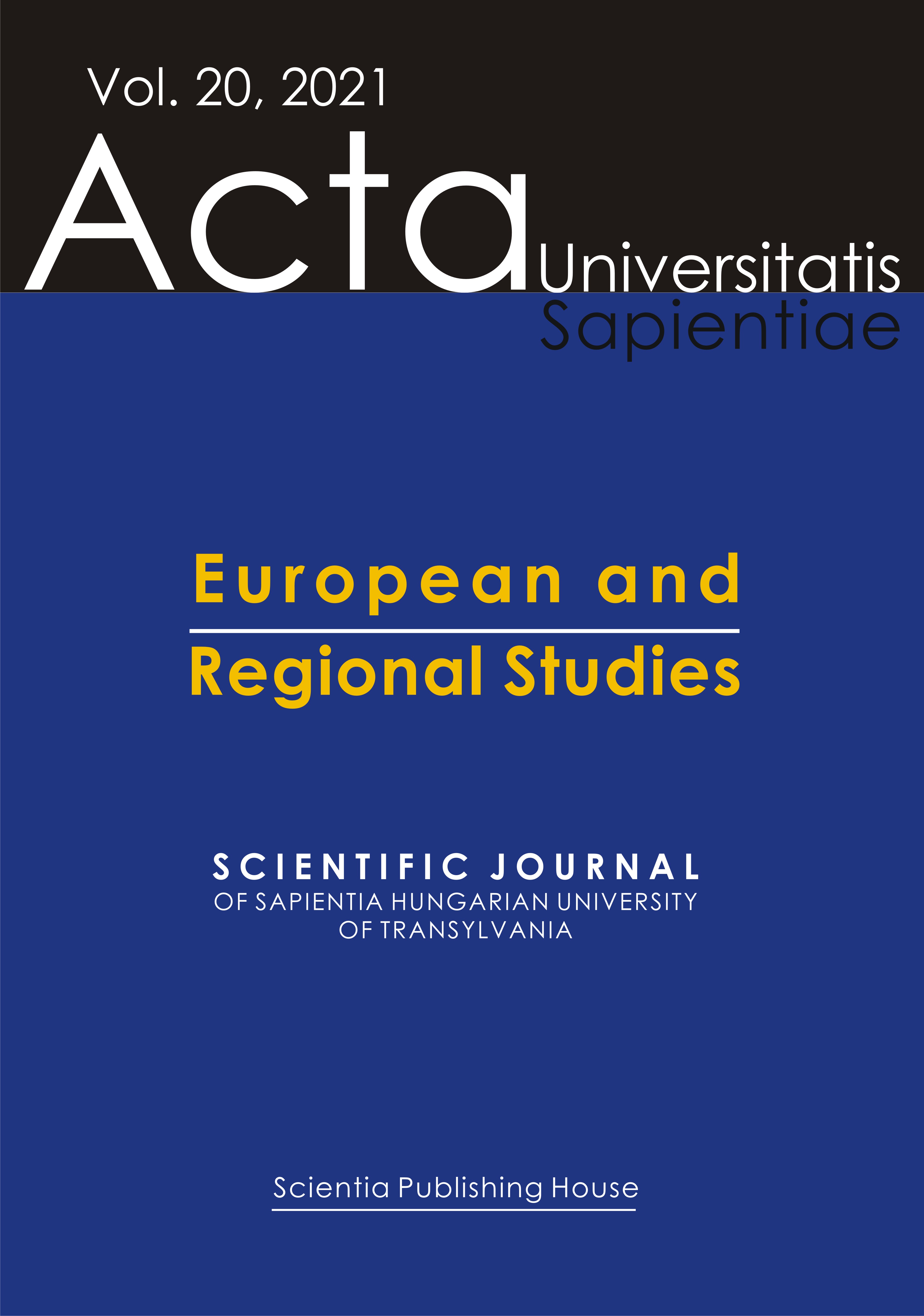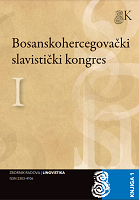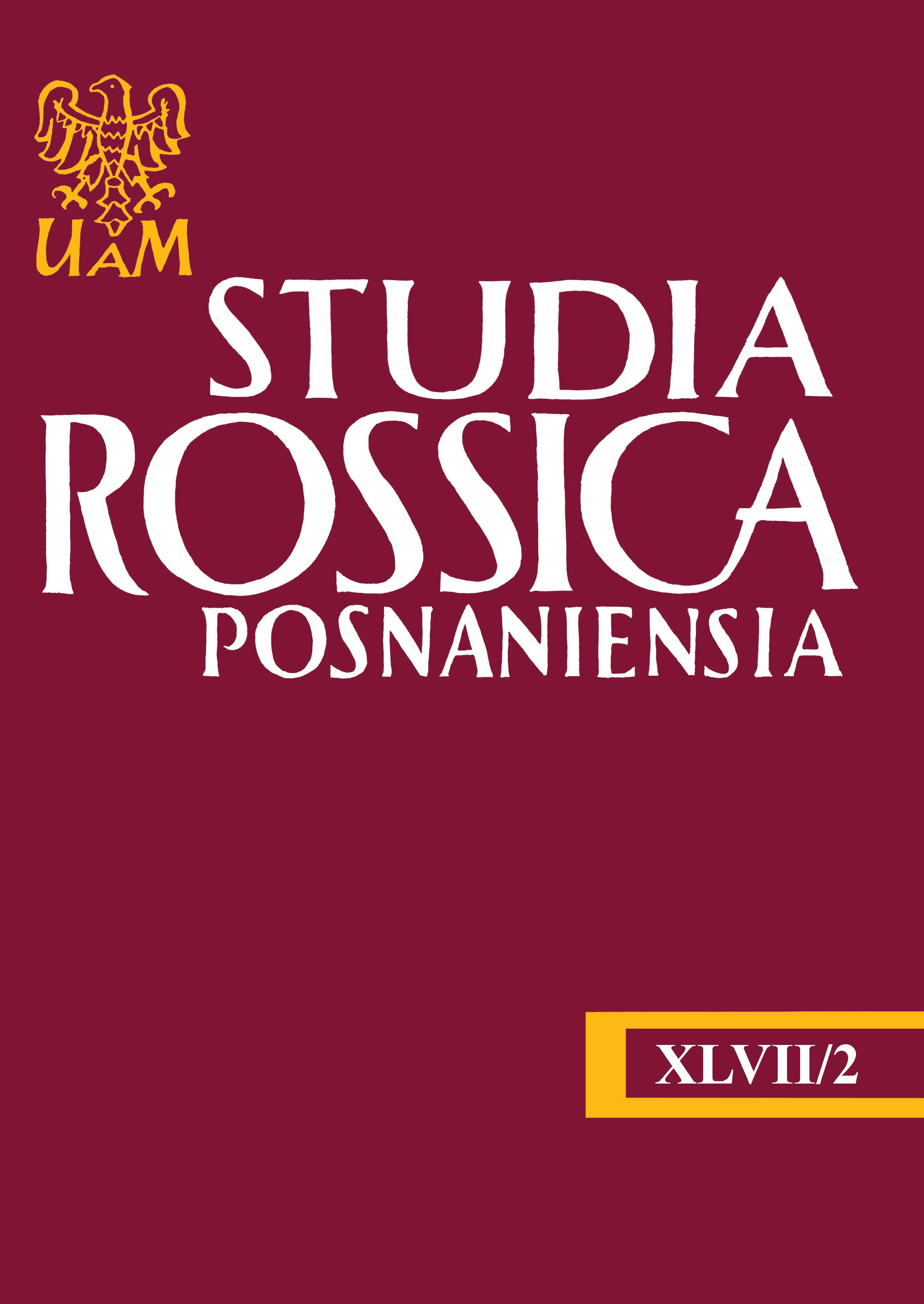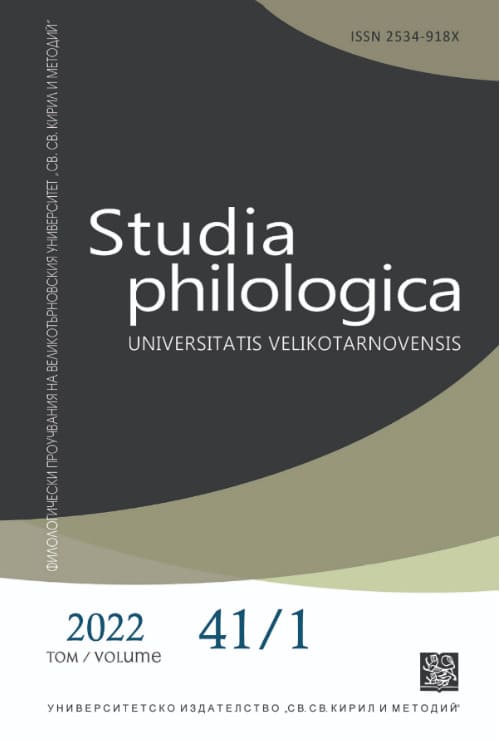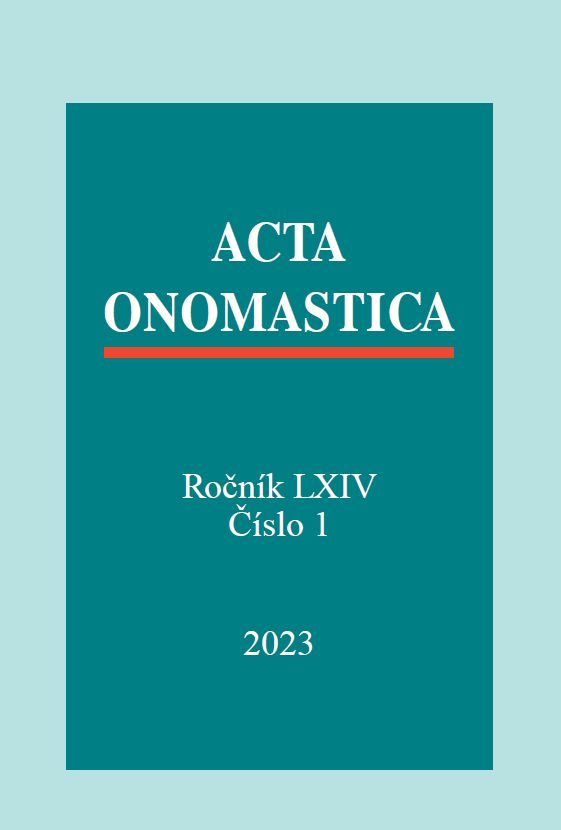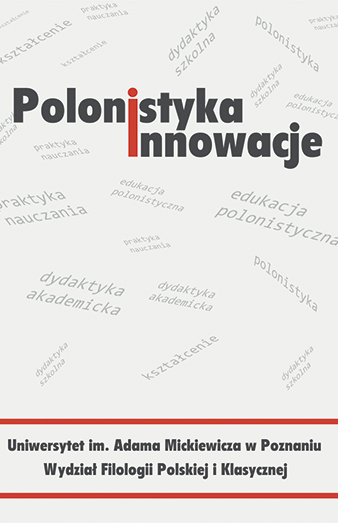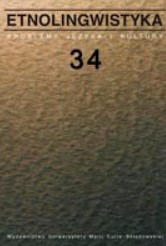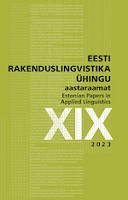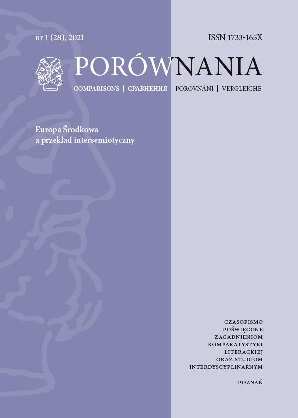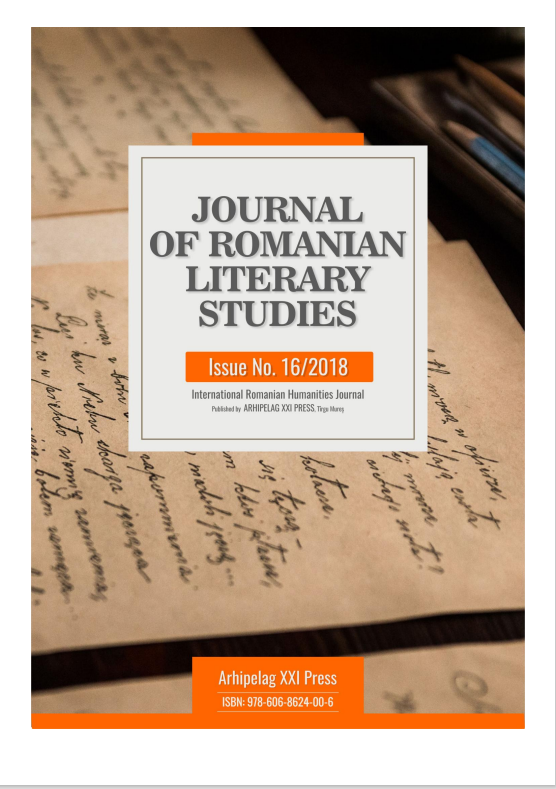Author(s): Anna Kaczan,Katarzyna Prorok,Marta Nowosad-Bakalarczyk,Petar Sotirov,Stanisława Niebrzegowska-Bartmińska,Sebastian Wasiuta / Language(s): Polish
Issue: 34/2022
Review of:
Słownik stereotypów i symboli ludowych, koncepcja i redakcja całosci Jerzy Bartminski, zastepca redaktora Stanisława Niebrzegowska-Bartminska, t. 2 Rosliny, z. 6 Drzewa lisciaste, Lublin: Wydawnictwo UMCS, 2021, 430 s.
Halina Pelcowa, Słownik gwar Lubelszczyzny. Tom X. Obrzedowosc i obyczajowosc ludowa, Lublin: Wydawnictwo UMCS, 2022, 625 s.
Marijana Vitanova, Vanja Miceva, Joanna Kirilova, Kalina Miceva-Pejceva, Nadežda Nikolova, Etnolingvisticen recnik na b"lgarskata narodna medicina, Sofija: Izdatelstvo na BAN „Prof. Marin Drinov”, 2021, 367 s.
Władysława Bryła, Agnieszka Bryła-Cruz, Retoryka „okołokornawirusowa”. Szkice jezykowo-kulturowe, Lublin: Wydawnictwo UMCS, 2021, 168 s.
Ewa Głazewska, Małgorzata Karwatowska, Maska „w czasach zarazy”. Covoidowe wizerunki masek. Typologie i funkcje, Lublin: Wydawnictwo UMCS, 2021, 206 s.
Renata Grzegorczykowa, Jezyk w słuzbie mysli. Szkice z dziejów polskiego słownictwa, red. Marek Łazinski, Marta Chojnacka-Kuras, Warszawa: Wydawnictwa UW, 2021, 290 s.
SebastianWasiuta, Przysłowie jako tekst minimalny, Lublin: Polihymnia, 2021, 200 s.
Krystyna Waszakowa, Jezyk w działaniu i działania na jezyku. Szkice semantyczno-słowotwórcze, Warszawa: Wydawnictwa UW, 2021, 300 s.
Dorota Zdunkiewicz-Jedynak, Dziecinstwo, młodosc, dorosłosc, starosc. Polskie koncepty kulturowe w swietle współczesnej polszczyzny, Warszawa: Dom Wydawniczy Elipsa, 2021, 298 s.
More...
